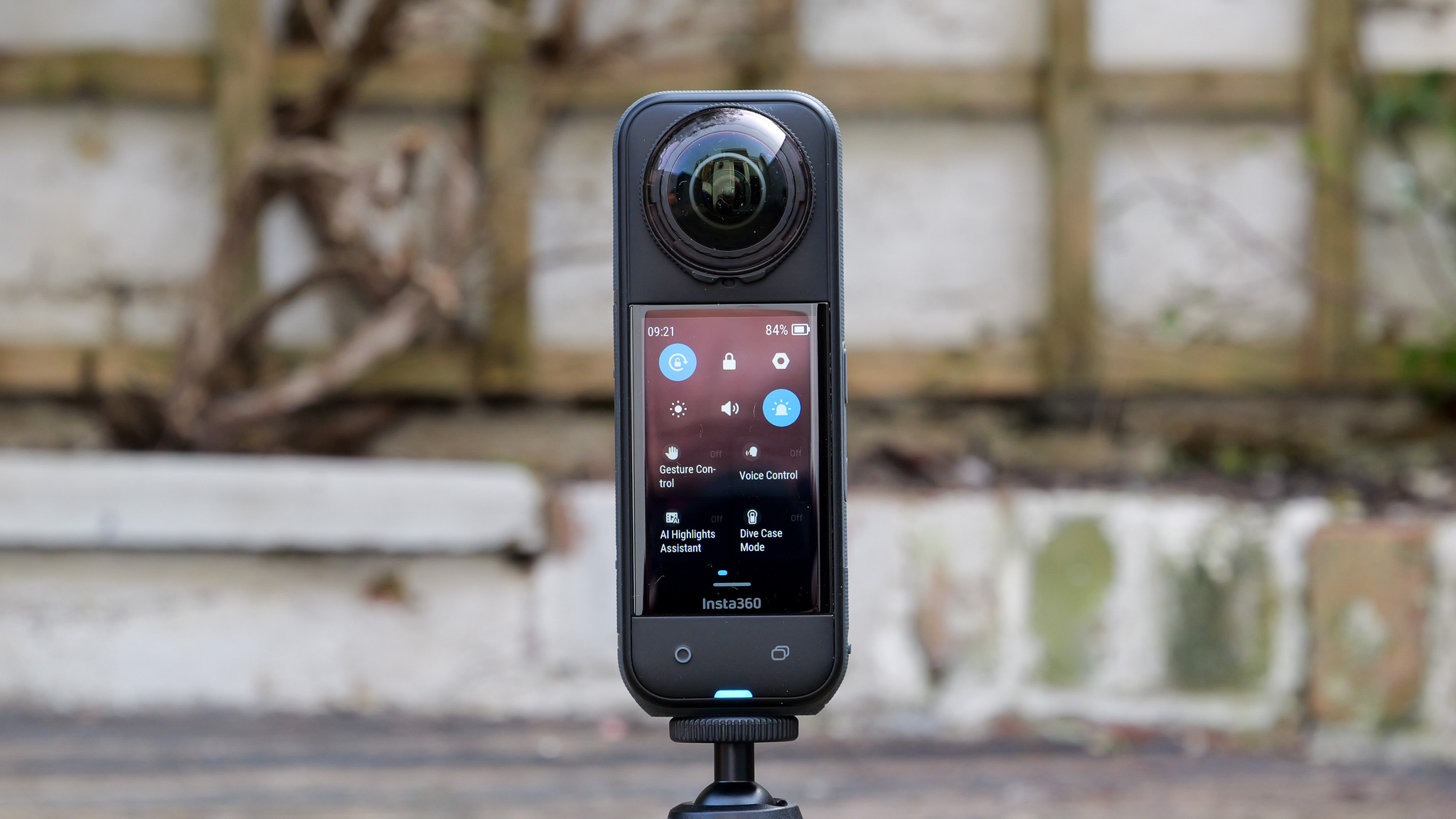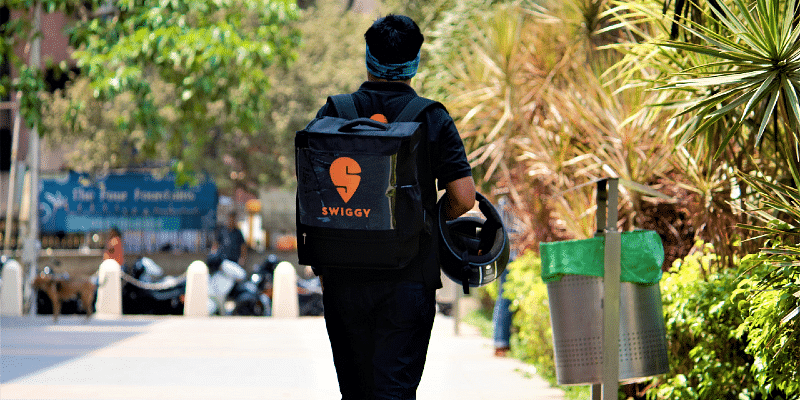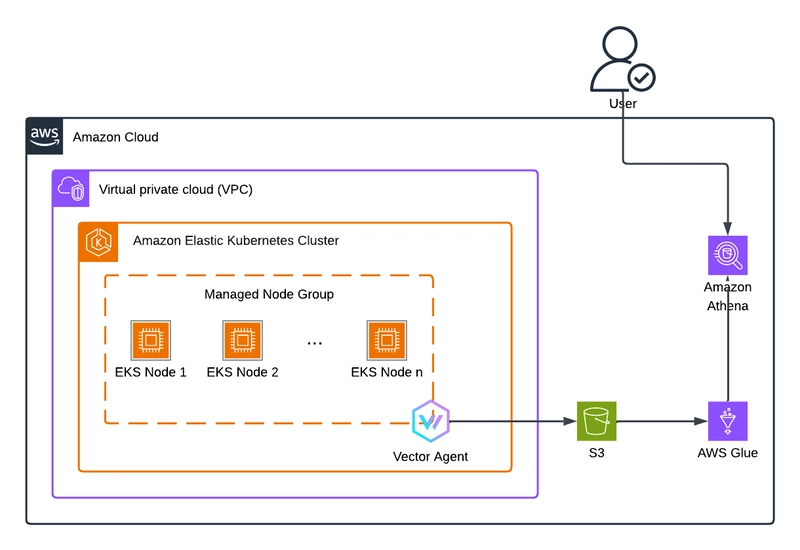How to Send Emails in Spring Boot: Troubleshooting Guide
Introduction Sending emails within a Spring Boot application is a common task, and though it might seem straightforward, you can occasionally run into issues. In this article, we will address a common error that occurs when sending emails using Spring Boot's JavaMailSender: NullPointerException due to an uninitialized mailSender object. Understanding the Issue From the details provided, you're receiving a NullPointerException when invoking the sendEmail method in your EmailService class. This error typically indicates that the Spring Framework hasn't injected the JavaMailSender dependency correctly. This often occurs when creating an instance of a Spring-managed bean (like EmailService) manually using the new keyword, which bypasses Spring's dependency injection. When you use @Autowired on JavaMailSender, Spring is responsible for providing an instance of this class. However, if you create your own instance of EmailService, it won't be able to inject the JavaMailSender, leading to the aforementioned error. How to Fix the Issue To resolve this, we need to ensure that the Spring context is used to manage the lifecycle of the EmailService and its dependencies. This article will guide you through creating a proper test setup using Spring's testing framework. Step 1: Update Your Test Class Instead of creating the EmailService instance manually, you should utilize Spring's testing features. Let's modify your EmailServiceTest class to include the Spring context. Here’s how you can set it up: package maple.spring_servlet; import maple.spring_servlet.service.EmailService; import org.junit.jupiter.api.Test; import org.springframework.beans.factory.annotation.Autowired; import org.springframework.boot.test.context.SpringBootTest; import org.springframework.test.context.ContextConfiguration; import org.springframework.mail.javamail.JavaMailSender; @SpringBootTest @ContextConfiguration(classes = {YourSpringBootApplication.class}) // replace with your main application class public class EmailServiceTest { @Autowired private EmailService emailService; @Test public void testSendEmail() { String to = "mapleweosi@gmail.com"; String subject = "Test Subject"; String body = "Test Body"; emailService.sendEmail(to, subject, body); } } Step 2: Ensure Proper Configuration Ensure your application.properties file is correctly configured. The property values should be correct, using your actual Gmail address and a valid app password: spring.mail.host=smtp.gmail.com spring.mail.port=587 spring.mail.username=your-email@gmail.com spring.mail.password=your-app-password spring.mail.properties.mail.smtp.auth=true spring.mail.properties.mail.smtp.starttls.enable=true Step 3: Running Your Application After completing the above steps, run your tests again. If everything is set up correctly, the email should be sent without encountering a NullPointerException. If you receive any other issues, make sure to check your Gmail settings, ensuring that you have allowed less secure apps or configured an app password correctly. Troubleshooting Common Email Sending Issues Incorrect Configuration Ensure that your email and password are correct in the application.properties file. Also, check that you've enabled SMTP access in your Gmail account. Firewalls and Security If your application is deployed in a production environment, ensure that firewall settings allow outbound connections on SMTP ports (587). Check Recipient Email Validity Make sure that the recipient email address is valid. Sending to an invalid address will result in errors as well. Frequently Asked Questions Why do I need @Autowired in EmailService? @Autowired tells Spring to inject the dependencies automatically, which allows you to use JavaMailSender seamlessly. What if the email doesn't send? Check your Gmail account settings, ensure that SMTP is enabled, and verify your credentials in application.properties. Make sure your application has internet access. Can I send emails without using Spring Boot? Yes, you can send emails using JavaMail without Spring, but Spring simplifies the process significantly through dependency injection and configuration management. Conclusion Sending emails using Spring Boot is a powerful feature that can enhance your application's functionality. By properly configuring the application context and ensuring that dependencies are injected as intended, you can avoid common pitfalls like NullPointerException. Following the steps outlined in this article will help ensure you can successfully send emails from your Spring Boot application.
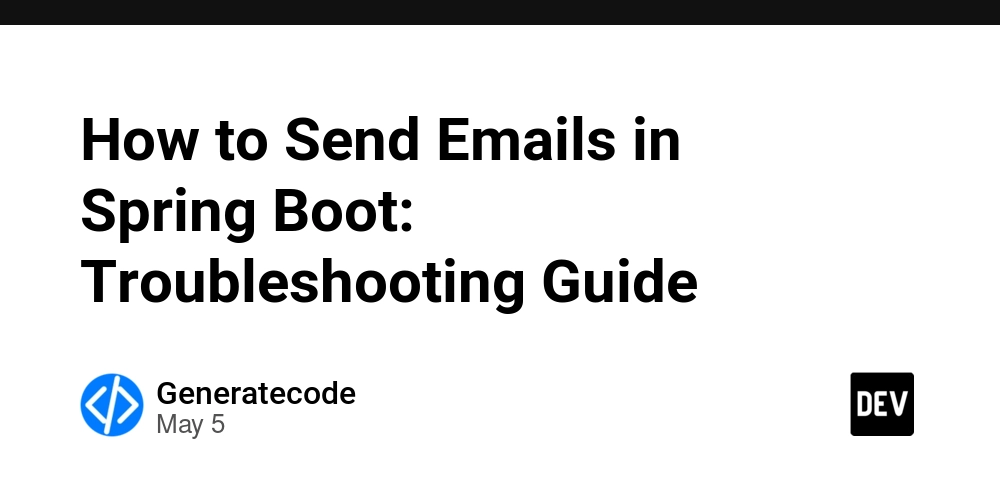
Introduction
Sending emails within a Spring Boot application is a common task, and though it might seem straightforward, you can occasionally run into issues. In this article, we will address a common error that occurs when sending emails using Spring Boot's JavaMailSender: NullPointerException due to an uninitialized mailSender object.
Understanding the Issue
From the details provided, you're receiving a NullPointerException when invoking the sendEmail method in your EmailService class. This error typically indicates that the Spring Framework hasn't injected the JavaMailSender dependency correctly. This often occurs when creating an instance of a Spring-managed bean (like EmailService) manually using the new keyword, which bypasses Spring's dependency injection.
When you use @Autowired on JavaMailSender, Spring is responsible for providing an instance of this class. However, if you create your own instance of EmailService, it won't be able to inject the JavaMailSender, leading to the aforementioned error.
How to Fix the Issue
To resolve this, we need to ensure that the Spring context is used to manage the lifecycle of the EmailService and its dependencies. This article will guide you through creating a proper test setup using Spring's testing framework.
Step 1: Update Your Test Class
Instead of creating the EmailService instance manually, you should utilize Spring's testing features. Let's modify your EmailServiceTest class to include the Spring context. Here’s how you can set it up:
package maple.spring_servlet;
import maple.spring_servlet.service.EmailService;
import org.junit.jupiter.api.Test;
import org.springframework.beans.factory.annotation.Autowired;
import org.springframework.boot.test.context.SpringBootTest;
import org.springframework.test.context.ContextConfiguration;
import org.springframework.mail.javamail.JavaMailSender;
@SpringBootTest
@ContextConfiguration(classes = {YourSpringBootApplication.class}) // replace with your main application class
public class EmailServiceTest {
@Autowired
private EmailService emailService;
@Test
public void testSendEmail() {
String to = "mapleweosi@gmail.com";
String subject = "Test Subject";
String body = "Test Body";
emailService.sendEmail(to, subject, body);
}
}
Step 2: Ensure Proper Configuration
Ensure your application.properties file is correctly configured. The property values should be correct, using your actual Gmail address and a valid app password:
spring.mail.host=smtp.gmail.com
spring.mail.port=587
spring.mail.username=your-email@gmail.com
spring.mail.password=your-app-password
spring.mail.properties.mail.smtp.auth=true
spring.mail.properties.mail.smtp.starttls.enable=true
Step 3: Running Your Application
After completing the above steps, run your tests again. If everything is set up correctly, the email should be sent without encountering a NullPointerException. If you receive any other issues, make sure to check your Gmail settings, ensuring that you have allowed less secure apps or configured an app password correctly.
Troubleshooting Common Email Sending Issues
Incorrect Configuration
Ensure that your email and password are correct in the application.properties file. Also, check that you've enabled SMTP access in your Gmail account.
Firewalls and Security
If your application is deployed in a production environment, ensure that firewall settings allow outbound connections on SMTP ports (587).
Check Recipient Email Validity
Make sure that the recipient email address is valid. Sending to an invalid address will result in errors as well.
Frequently Asked Questions
Why do I need @Autowired in EmailService?
@Autowired tells Spring to inject the dependencies automatically, which allows you to use JavaMailSender seamlessly.
What if the email doesn't send?
Check your Gmail account settings, ensure that SMTP is enabled, and verify your credentials in application.properties. Make sure your application has internet access.
Can I send emails without using Spring Boot?
Yes, you can send emails using JavaMail without Spring, but Spring simplifies the process significantly through dependency injection and configuration management.
Conclusion
Sending emails using Spring Boot is a powerful feature that can enhance your application's functionality. By properly configuring the application context and ensuring that dependencies are injected as intended, you can avoid common pitfalls like NullPointerException. Following the steps outlined in this article will help ensure you can successfully send emails from your Spring Boot application.





































































































































































![[The AI Show Episode 145]: OpenAI Releases o3 and o4-mini, AI Is Causing “Quiet Layoffs,” Executive Order on Youth AI Education & GPT-4o’s Controversial Update](https://www.marketingaiinstitute.com/hubfs/ep%20145%20cover.png)





























































































































![[DEALS] Microsoft 365: 1-Year Subscription (Family/Up to 6 Users) (23% off) & Other Deals Up To 98% Off – Offers End Soon!](https://www.javacodegeeks.com/wp-content/uploads/2012/12/jcg-logo.jpg)



![From Art School Drop-out to Microsoft Engineer with Shashi Lo [Podcast #170]](https://cdn.hashnode.com/res/hashnode/image/upload/v1746203291209/439bf16b-c820-4fe8-b69e-94d80533b2df.png?#)





















![Re-designing a Git/development workflow with best practices [closed]](https://i.postimg.cc/tRvBYcrt/branching-example.jpg)



















































































(1).jpg?#)
































_Inge_Johnsson-Alamy.jpg?width=1280&auto=webp&quality=80&disable=upscale#)



























































































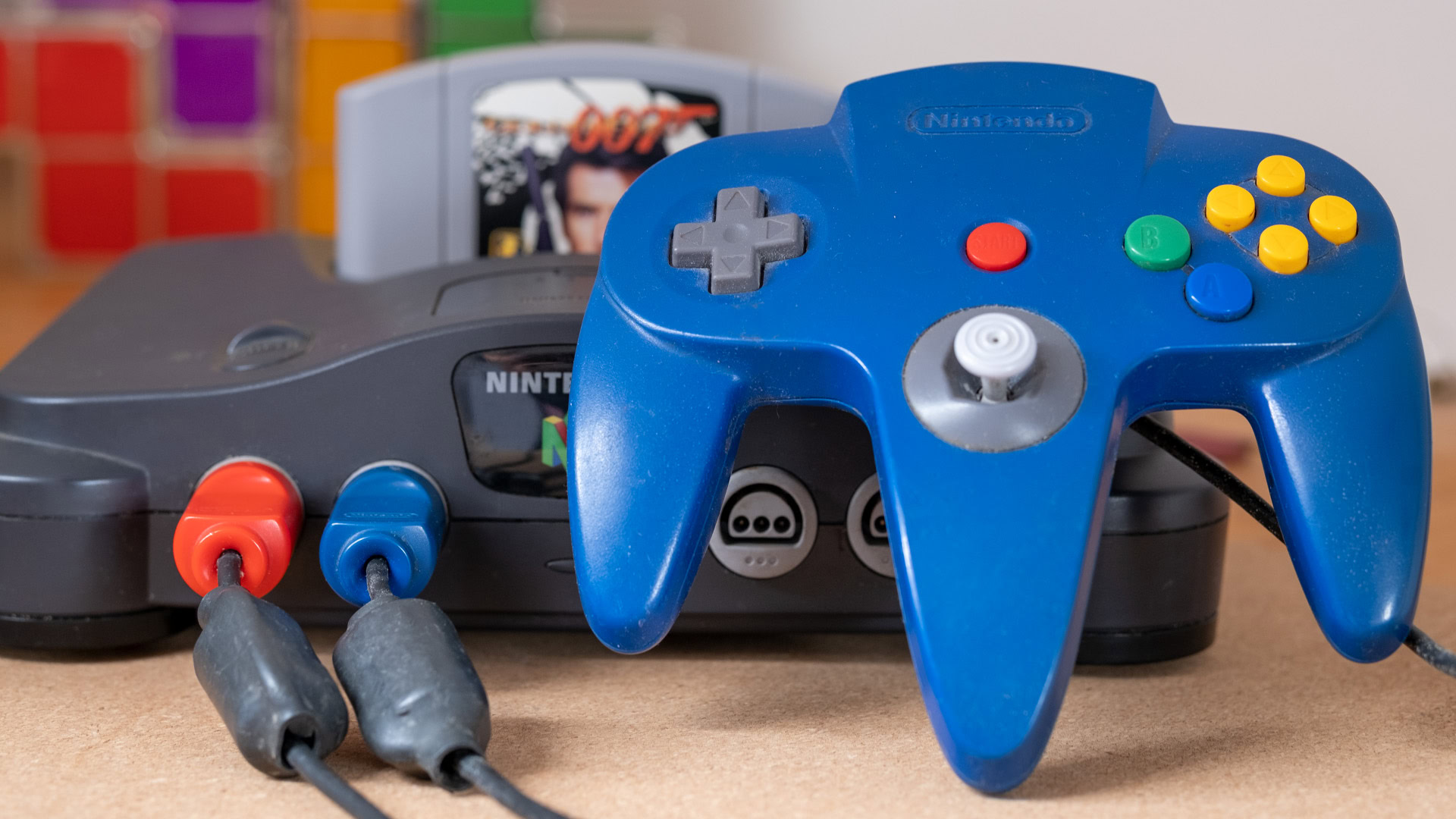





![The Material 3 Expressive redesign of Google Clock leaks out [Gallery]](https://i0.wp.com/9to5google.com/wp-content/uploads/sites/4/2024/03/Google-Clock-v2.jpg?resize=1200%2C628&quality=82&strip=all&ssl=1)
![What Google Messages features are rolling out [May 2025]](https://i0.wp.com/9to5google.com/wp-content/uploads/sites/4/2023/12/google-messages-name-cover.png?resize=1200%2C628&quality=82&strip=all&ssl=1)














![New Apple iPad mini 7 On Sale for $399! [Lowest Price Ever]](https://www.iclarified.com/images/news/96096/96096/96096-640.jpg)
![Apple to Split iPhone Launches Across Fall and Spring in Major Shakeup [Report]](https://www.iclarified.com/images/news/97211/97211/97211-640.jpg)
![Apple to Move Camera to Top Left, Hide Face ID Under Display in iPhone 18 Pro Redesign [Report]](https://www.iclarified.com/images/news/97212/97212/97212-640.jpg)
![Apple Developing Battery Case for iPhone 17 Air Amid Battery Life Concerns [Report]](https://www.iclarified.com/images/news/97208/97208/97208-640.jpg)















